
Tipping a fishing guide is a way to express gratitude for their effort, expertise, and service quality. It is customary and reflects overall satisfaction with the experience.
Why Tipping is Important in the Fishing Industry
Tipping is crucial in the fishing industry as it reflects appreciation for a guide’s hard work and expertise. Guides often rely on tips to supplement their income, making it a significant part of their earnings. A good tip acknowledges their dedication to ensuring a successful and enjoyable trip.
It also motivates guides to provide exceptional service and personalized attention. Tipping demonstrates satisfaction with the overall experience, reinforcing the importance of quality service in the industry. By showing gratitude, you support the guide’s livelihood and encourage outstanding performance in future trips.
Understanding the Role of a Fishing Guide
A fishing guide plays a crucial role in ensuring a safe, enjoyable, and successful fishing experience. They are experienced professionals skilled in navigating waterways, identifying prime fishing spots, and using the right techniques. Guides provide essential equipment, share local knowledge, and often teach anglers of all skill levels. Their expertise helps maximize the chances of catching fish while adhering to regulations and sustainability practices.
Beyond fishing, guides manage the boat, handle safety protocols, and create a positive atmosphere. Their dedication ensures that clients have a memorable trip, making their role invaluable to both novice and experienced anglers alike.
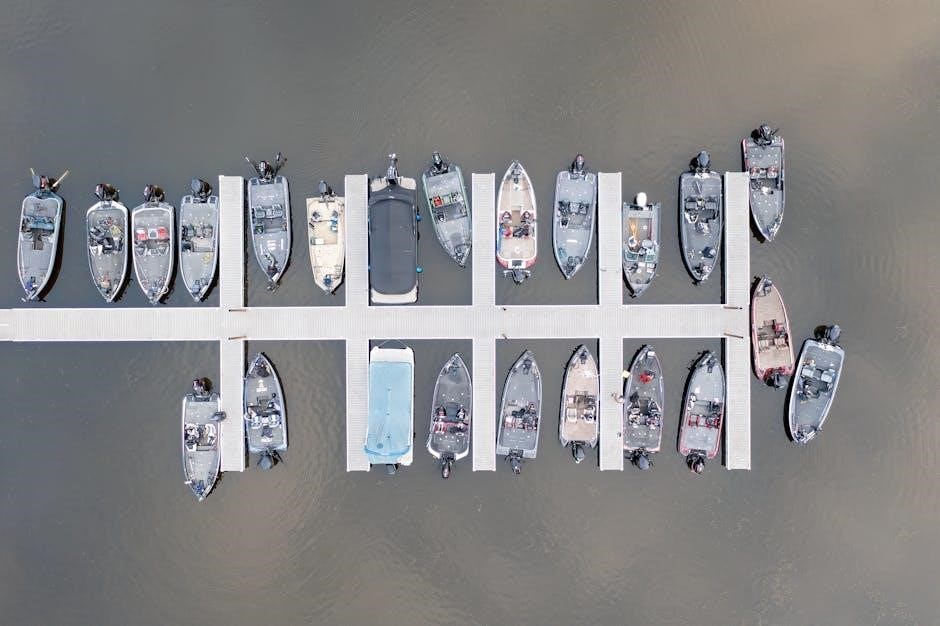
Average Tip Percentage for Fishing Guides
The average tip percentage for fishing guides typically ranges from 15% to 25% of the total trip cost, reflecting the guide’s effort and the trip’s success.
15-25% of the Total Trip Cost
Tipping fishing guides typically ranges from 15% to 25% of the total trip cost. This percentage reflects the guide’s effort, expertise, and the overall success of the trip. A 15% tip is considered standard for a satisfactory experience, while 20-25% is for exceptional service. This range ensures that guides are fairly compensated for their dedication and hard work, regardless of the day’s fishing success. It’s a widely accepted standard across the industry, making it easier for clients to determine an appropriate gratuity based on their experience and the guide’s performance.
Why This Range is Considered Standard
The 15-25% tipping range for fishing guides is considered standard due to its balance of fairness and consistency. It accounts for the guide’s expertise, effort, and the overall quality of service provided. This range ensures that guides are adequately compensated for their time and skills, regardless of the fishing success. It also reflects industry norms, aligning with expectations in the tourism and service sectors. By adhering to this range, clients demonstrate appreciation for the guide’s professionalism and dedication, making it a widely accepted and recommended practice across various fishing destinations and cultures;
How to Calculate the Tip Amount
To calculate the tip for a fishing guide, start by determining the total cost of the trip. Apply the standard 15-25% range to this amount. For example, on a $200 trip, calculate 15% ($30) and 25% ($50). Consider the guide’s performance and adjust within this range. If multiple people are involved, the tip is typically per group, not per person. Check regional norms for variations. Inquire if the tip should be given to the main guide to split among the crew. Decide on cash or card, ensuring it aligns with the guide’s preference. This method ensures a fair and appreciated gratuity for the guide’s services.
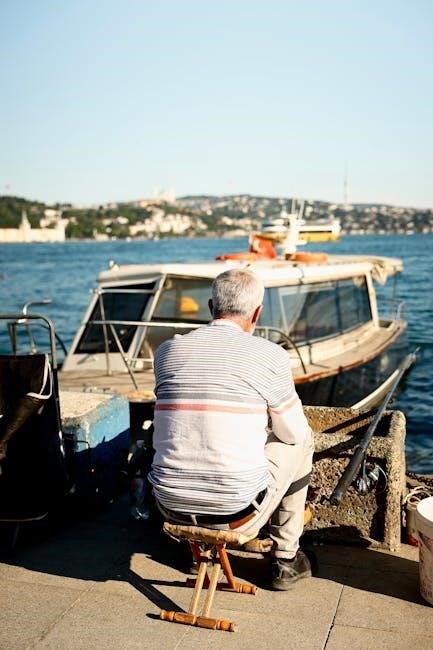
Factors Influencing Tip Amounts
Tip amounts vary based on the guide’s effort, the trip’s success, and overall satisfaction, as these elements collectively influence the gratuity given.
Guide’s Effort and Diligence
A guide’s effort and diligence significantly impact tip amounts. Their dedication to ensuring a successful trip, such as locating prime fishing spots and providing expert assistance, warrants higher gratuity. Guests often reward guides who go above and beyond with additional compensation, reflecting their satisfaction with the service and effort put forth. Additionally, guides who demonstrate professionalism, patience, and a commitment to enhancing the experience often receive more generous tips, as their hard work directly contributes to the trip’s enjoyment and success.
Success of the Fishing Trip
The success of the fishing trip often influences tipping decisions. While tips are not solely based on catching fish, a fruitful day can enhance satisfaction, leading to a more generous gratuity. Guides who effectively locate fish and create opportunities for clients typically receive higher tips, as their expertise directly contributes to the trip’s success. However, tipping is also about effort and service quality, ensuring that even in challenging conditions, hard work and dedication are recognized. Ultimately, the success of the trip reflects both the guide’s skills and the client’s overall experience, making it a key factor in determining tip amounts.
Overall Satisfaction with the Experience
Overall satisfaction with the experience plays a significant role in determining the tip amount for a fishing guide. A positive experience, marked by the guide’s professionalism, friendliness, and willingness to ensure an enjoyable trip, often leads to a higher tip. Clients consider factors such as the guide’s attitude, their ability to adapt to needs, and the overall enjoyment of the day. Even if the fishing isn’t successful, a guide who goes above and beyond to create a memorable experience typically receives a generous gratuity. Satisfaction is deeply personal, reflecting how well the guide met expectations and contributed to a fulfilling adventure on the water.
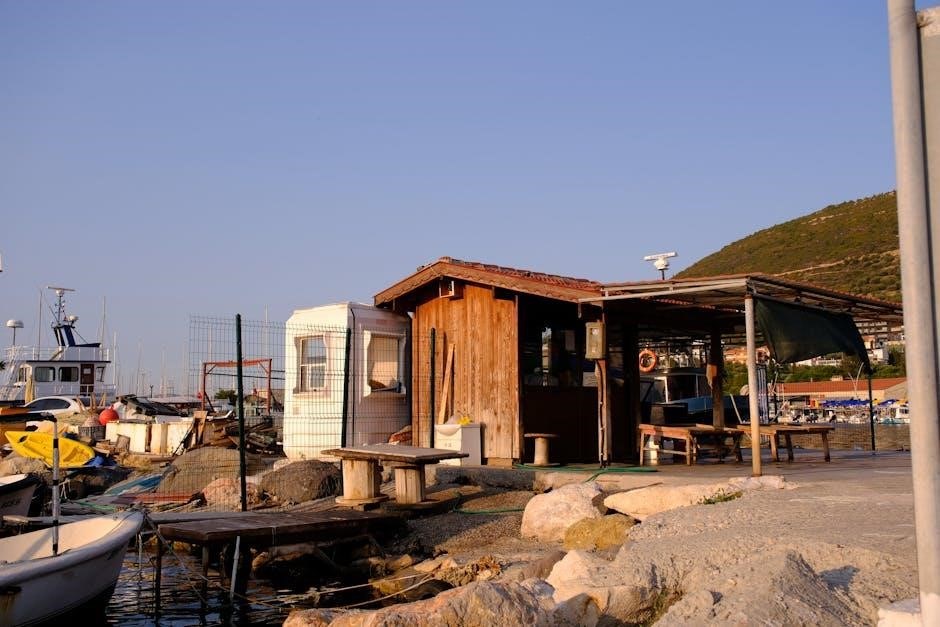
When to Tip Your Fishing Guide
The best time to tip your fishing guide is at the end of the trip. This gesture shows appreciation for their effort and service throughout the day. Regardless of whether the fishing was successful, the tip acknowledges their dedication and hard work. It’s customary to present the tip directly to the guide or include it through the booking service. This practice ensures they receive the gratitude they deserve for enhancing your fishing experience. Timely tipping demonstrates respect and gratitude for their professionalism and commitment to making your trip memorable.
End of the Fishing Trip
Tipping your fishing guide is traditionally done at the end of the trip. This allows you to reflect on the entire experience and the guide’s performance. Present the tip directly to the guide or through the booking service, ensuring they receive it. The amount should reflect their effort, professionalism, and how well they contributed to your experience. Even if the fishing was unsuccessful, the guide’s hard work warrants appreciation. Timely tipping demonstrates respect and gratitude, reinforcing the positive interaction. It’s a thoughtful way to acknowledge their dedication and enhance your overall satisfaction with the trip. A well-timed tip leaves a lasting positive impression.
Should You Tip Per Person or for the Group?
Tipping per person or for the group depends on the arrangement, but it’s customary to tip based on the total trip cost. This ensures fairness, as the guide’s effort benefits everyone equally. For group trips, pooling contributions is a practical approach. Each person can contribute a portion, making it easier to reach the recommended 15-25% tip range. Avoid splitting the tip unevenly or reducing it if fewer people attend, as the guide’s workload remains consistent. Tipping per group fosters a shared sense of appreciation for the guide’s service and enhances the overall experience for everyone involved. It’s a considerate way to acknowledge their dedication collectively.

Tipping in Different Regions

Tipping customs vary globally. In the U.S., 15-25% is standard, while Central or South America may expect $50 per day. Other regions differ, with affluent areas often tipping more.
United States (Alaska, Hawaii, North Carolina, etc.)
In the U.S., tipping fishing guides typically ranges from 15% to 25% of the total trip cost. This standard reflects the guide’s effort and service quality. Alaska and Hawaii, known for their premier fishing spots, often see tips on the higher end of this range due to exceptional experiences. In regions like North Carolina, the same percentage applies, ensuring consistency across the country. Tipping is considered a key part of the overall payment, acknowledging the guide’s expertise and dedication to ensuring a successful and enjoyable trip for anglers. This practice is deeply rooted in American fishing culture.
Central or South America
Tipping customs in Central or South America vary, but guides often receive $50 to $100 per day. This amount reflects their dedication and local economic conditions, ensuring fair compensation. Unlike in the U.S., where percentages are common, here, flat daily rates are preferred, accommodating different trip lengths. Tipping is essential to acknowledge their hard work and cultural hospitality, making it a vital part of the fishing experience in these regions.
Other Countries and Regions
Tipping practices for fishing guides vary widely outside the U.S. In some countries, like Japan, tipping is not customary, while in others, such as parts of Europe, a 10-15% tip is appreciated. In regions with lower income levels, even smaller amounts are considered generous. Always research local customs beforehand to avoid misunderstandings. Additionally, the quality of service and success of the trip often influence the tip amount, ensuring fairness and appreciation for the guide’s efforts. This approach helps maintain positive cultural interactions and reflects the value placed on their expertise and hospitality during your fishing experience.
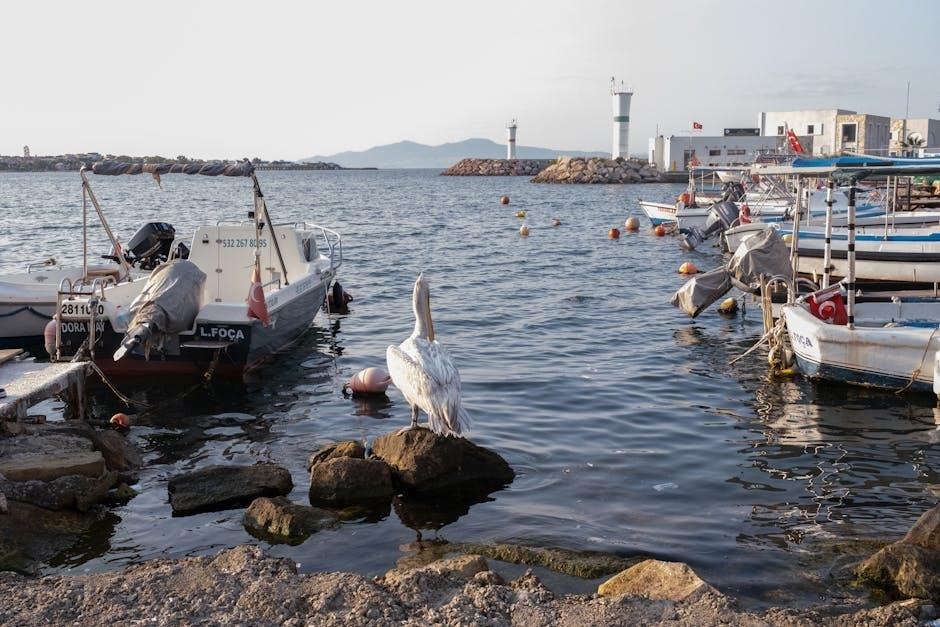
Budgeting for Tips
Plan ahead by allocating 15-25% of the trip cost for gratuity. Consider the guide’s effort, trip success, and overall satisfaction when determining the appropriate amount.
Planning Ahead for Gratuity
Planning ahead for gratuity ensures a smooth experience. Allocate 15-25% of the trip cost for tips, considering the guide’s effort, trip success, and overall satisfaction. Research regional tipping norms to avoid surprises. Adjust your budget based on the guide’s diligence and the quality of service received. Including gratuity in your initial budget prevents financial stress later; Additionally, consider non-monetary ways to show appreciation, such as writing positive reviews or referring friends, which can complement your tip. This approach ensures you’re prepared to express gratitude appropriately, enhancing both your experience and the guide’s appreciation.
Considering the Cost of the Trip
When determining a tip for a fishing guide, consider the total cost of the trip. The price often reflects the guide’s expertise, time, and resources, such as equipment and location knowledge. Tips are typically calculated as a percentage of this cost, ensuring fairness and proportionality. For example, a $500 trip might warrant a $75 to $125 tip. Budgeting for gratuity ahead of time helps avoid financial stress. Remember, the tip reflects satisfaction with the guide’s service, not just the catch. Allocating a portion of your budget for tips ensures you’re prepared to show appreciation for a memorable experience.
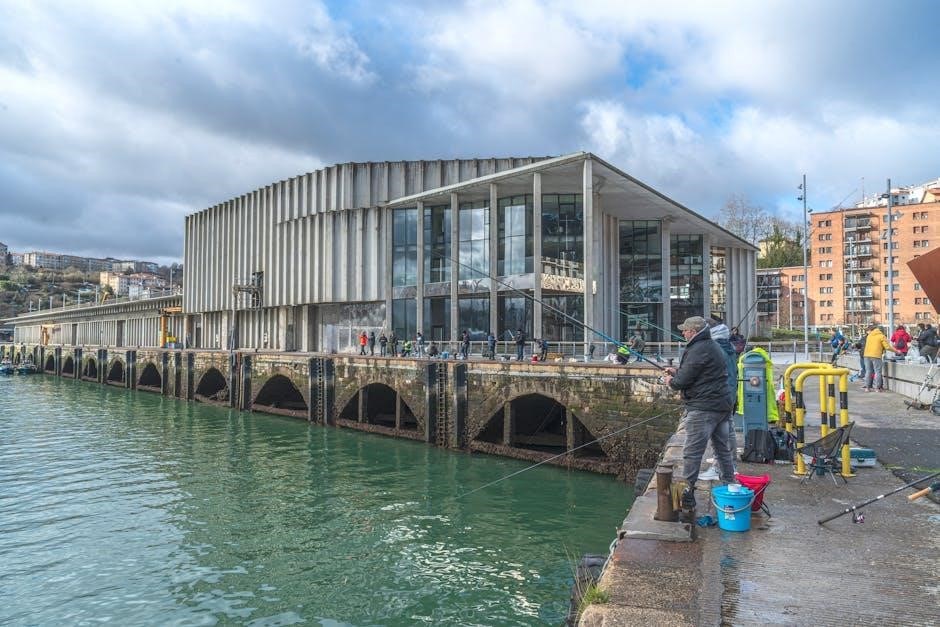
Non-Monetary Ways to Show Appreciation
Expressing gratitude through positive reviews and referrals is a meaningful way to acknowledge a guide’s efforts. These gestures highlight their professionalism and dedication to providing exceptional experiences.
Writing Positive Reviews
Writing positive reviews is a powerful way to show appreciation for your fishing guide. By sharing your experience, you highlight their professionalism, knowledge, and dedication. Mention specific details, such as their patience with novice anglers or expertise in locating fish. Positive feedback not only boosts their reputation but also helps others make informed decisions. Additionally, it reinforces their hard work and commitment to providing memorable trips. Taking the time to write a thoughtful review is a meaningful gesture that can significantly impact their business and morale. It’s a sincere way to express gratitude beyond monetary tips.
Referring Friends or Family
Referring friends or family to your fishing guide is a thoughtful way to show appreciation for their services. Word-of-mouth recommendations carry significant weight, as they reflect genuine satisfaction and trust. By sharing your positive experience, you help the guide build their reputation and attract more clients. This gesture not only supports their business but also ensures others can enjoy similar memorable trips. Referrals are a meaningful way to express gratitude beyond monetary tips, demonstrating your confidence in their expertise and commitment to providing exceptional experiences. It’s a win-win situation that benefits both the guide and those you recommend.

Additional Etiquette Tips
Always respect your fishing guide’s expertise, be punctual, and maintain patience throughout the trip. Demonstrating courtesy and readiness enhances the experience for everyone involved. Keep interactions positive and considerate.
Showing Respect and Patience
Showing respect and patience is crucial when interacting with your fishing guide. Guides are experts in their field, and their knowledge ensures a successful trip. Remaining calm and composed, especially during challenging moments, fosters a positive environment. Avoid criticism or impatience, as it can hinder the guide’s ability to provide an enjoyable experience. Instead, express appreciation for their efforts, whether through kind words or acknowledgment of their skills. Patience is key, as fishing can be unpredictable, and trust in the guide’s expertise often leads to better outcomes. Demonstrating respect also includes following their instructions and maintaining a collaborative spirit throughout the excursion. This mutual respect enhances the overall fishing experience for both parties, creating a memorable and productive trip.
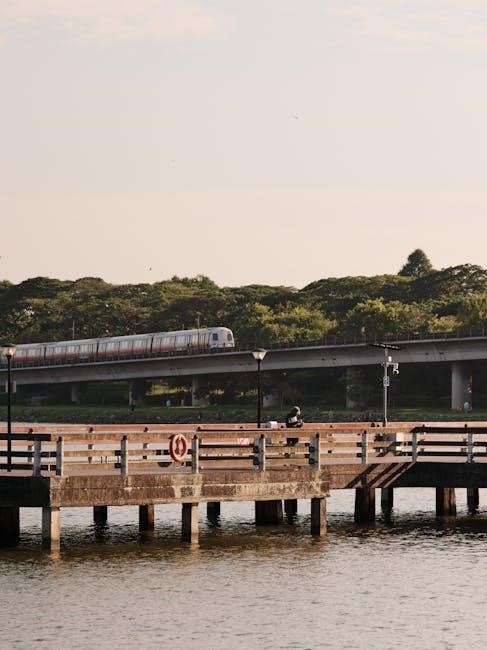
Being Punctual and Prepared
Being punctual and prepared significantly contributes to a positive fishing experience. Arriving on time shows respect for the guide’s schedule and allows maximum time on the water. Bring necessary gear, such as appropriate clothing, sunscreen, and snacks, to ensure comfort throughout the trip. Familiarize yourself with local regulations and any specific instructions provided by the guide beforehand. Preparation demonstrates consideration and helps the guide focus on providing a successful and enjoyable trip. Punctuality and readiness are appreciated and often reflected in the quality of service received, making the experience more rewarding for both anglers and guides alike.